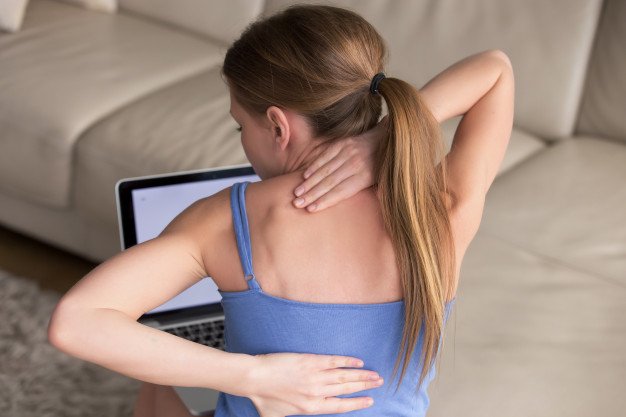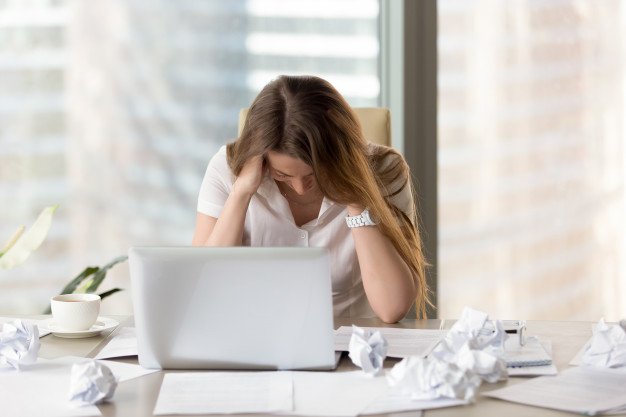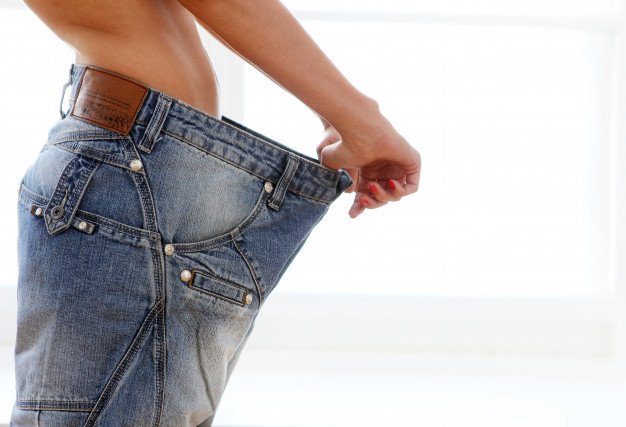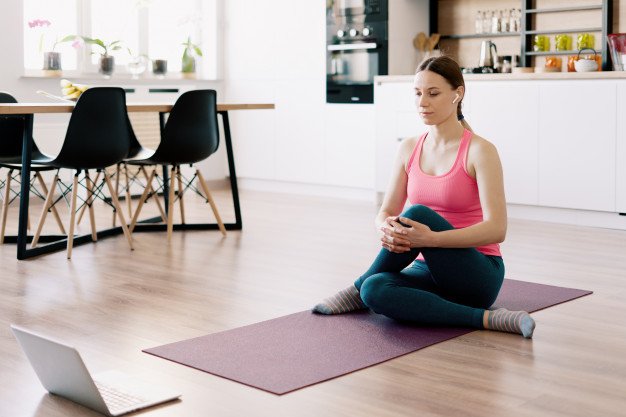Menu
Back pain is a typical problem in adults and is now becoming a severe health problem in adolescents. There are approximately 50-80 percent of individuals in the population that experiences lower back pain in their lifetime. Most of the time, it is relatively minor that resolves in just weeks, regardless of whether you seek treatment or not.
In this article we are going to give you 6 steps to get rid of bad posture and fix back pain once and for all.
Among the most common factors of increasing rates of back pain right now is standing upright, inactive lifestyle, go through too much stress, gaining weight, or growing too tall and aging.

Excessive standing may aggravate the present inflammation in your joints, causing lower back pain when standing. The facet joints and disks may begin to wear out over time leading to lower back pain during your regular daily activity.

Prolonged inactivity can lead to increased back pain as the back slowly turns stiff and weak. If the pain occurs, experts highly recommend not to rest for more than two to three days as it may cause even worse back pain.

Stress plays a huge role in back pain, and it manifests itself in a lot of ways within the body. Sometimes, pain that keeps you up all night can be a cause of stress too. During the day, it can also be a burdensome as it severely affects daily activities like concentration and energy.

As we age, we may start to feel sudden aches and pains. It is typically common between the ages of 30 to 50. The most common reasons for developing back pain are degenerative changes or loss of moisture on the joints, spinal stenosis, and spondylolisthesis.

Excellent and proper posture can improve both the mind and body. But it doesn't mean you should look like a stiff & rigid surfboard to achieve it. A good posture should provide you a relaxed and comfortable appearance.
When our posture is right, the hips, knees, shoulders, ankles, and ears align together in one straight line.
The key to good posture is to keep your head above your shoulders, and the top of your shoulder should be over the hips.
If you're suffering from susceptible back pain, doing a little stretching helps, even when you're sitting.
Strengthening and stretching the hamstrings can prevent them from becoming too tight. It also provides extra support for the back and pelvis. It is essential to keep the hamstrings loose as it will lower the chance of straining or tearing the muscle fibers during strenuous physical activities.
Stretching your glutes can help lessen the tension and can relieve the discomfort from back pain. By executing glute stretches, it can help enhance flexibility, improve range of motion, and reduce the risk of injury.
Tall standing helps strengthen your lower muscles. It also strengthens core and back muscles, corrects posture and bone health with targeted strength training and weight-bearing exercise.
Hip hinging is an exercise designed to mainly target the posterior chain, otherwise known as your "backside." The muscles that make up the posterior chain include the glutes, hamstrings, and low back. This exercise can help strengthen your core, which may lead to reduced back pain, enhanced balance, and more comprehensive flexion, extension, and rotation of your trunk.
Americans spend nearly eight hours a day sitting (and another four hours watching TV and playing computer games), according to a Harris poll conducted by America On the Move Foundation.
Sitting on a wedge is helpful for the muscles and ligaments in the groin area since the hamstring muscles tend to be short and tight. On the other hand, the muscles in the buttocks also tend to be weak and undeveloped.
You can use a folded blanket or towel as your wedge. For optimal results, we recommend our Lumbar Support & Knee Pillow to act as your backrest or wedge for this step. It provides excellent support when sitting and, at the same time, leaving you to feel like you're just sitting in your natural position.
Make sure your lumbar support is positioned not too low as it will hit your buttocks and creates a slouched posture.
Being consciously aware of your posture helps you correct it yourself. By gradually following these stretches for lower back pain and incorporate it into your daily routine, it will progressively replace your old posture. And with proper execution and maintaining regular exercise, these steps will help you move forward to a better and healthier body condition.